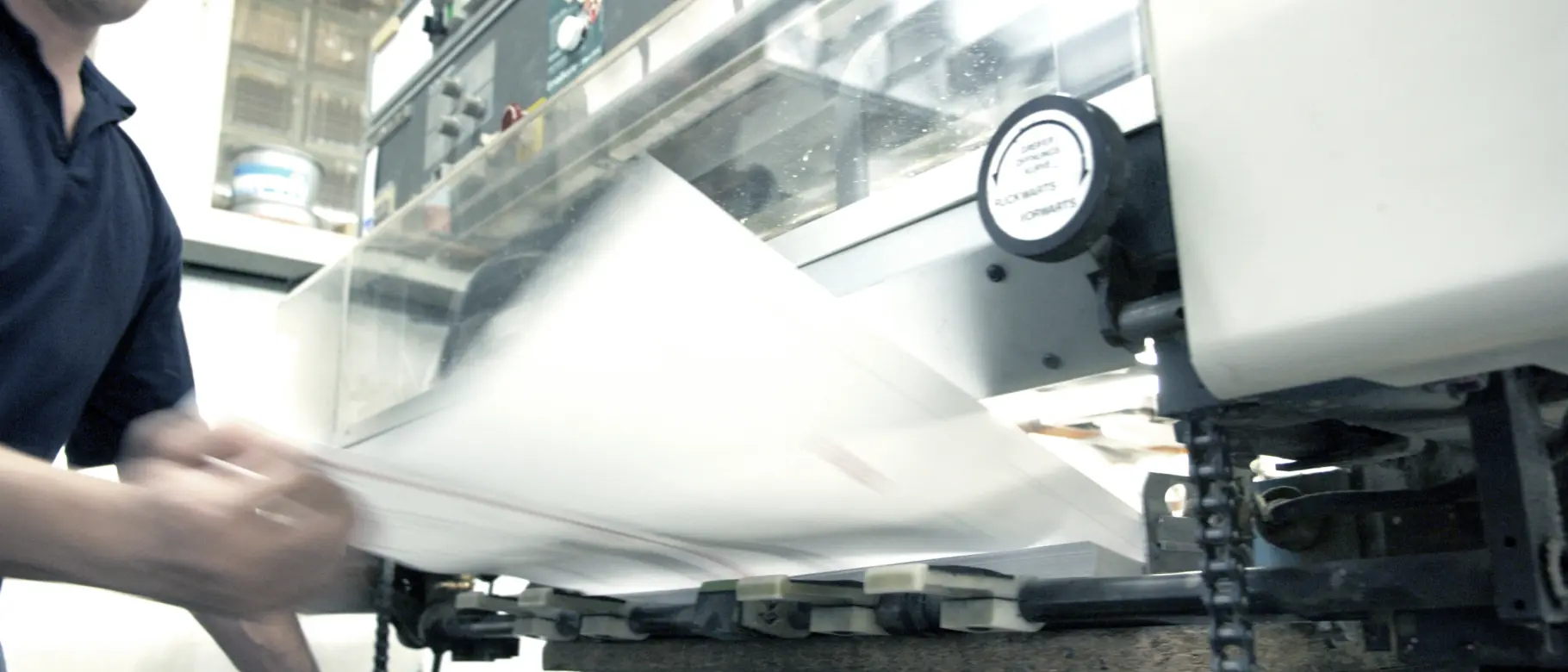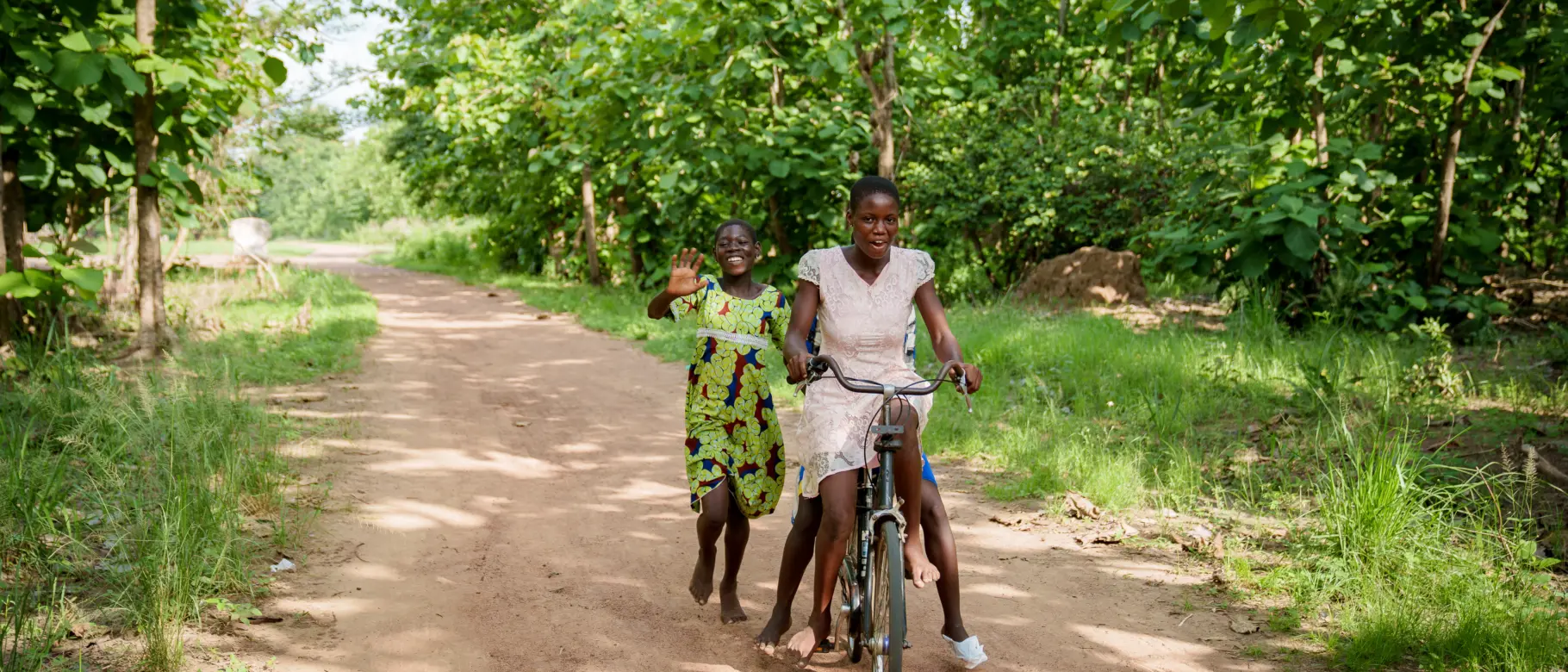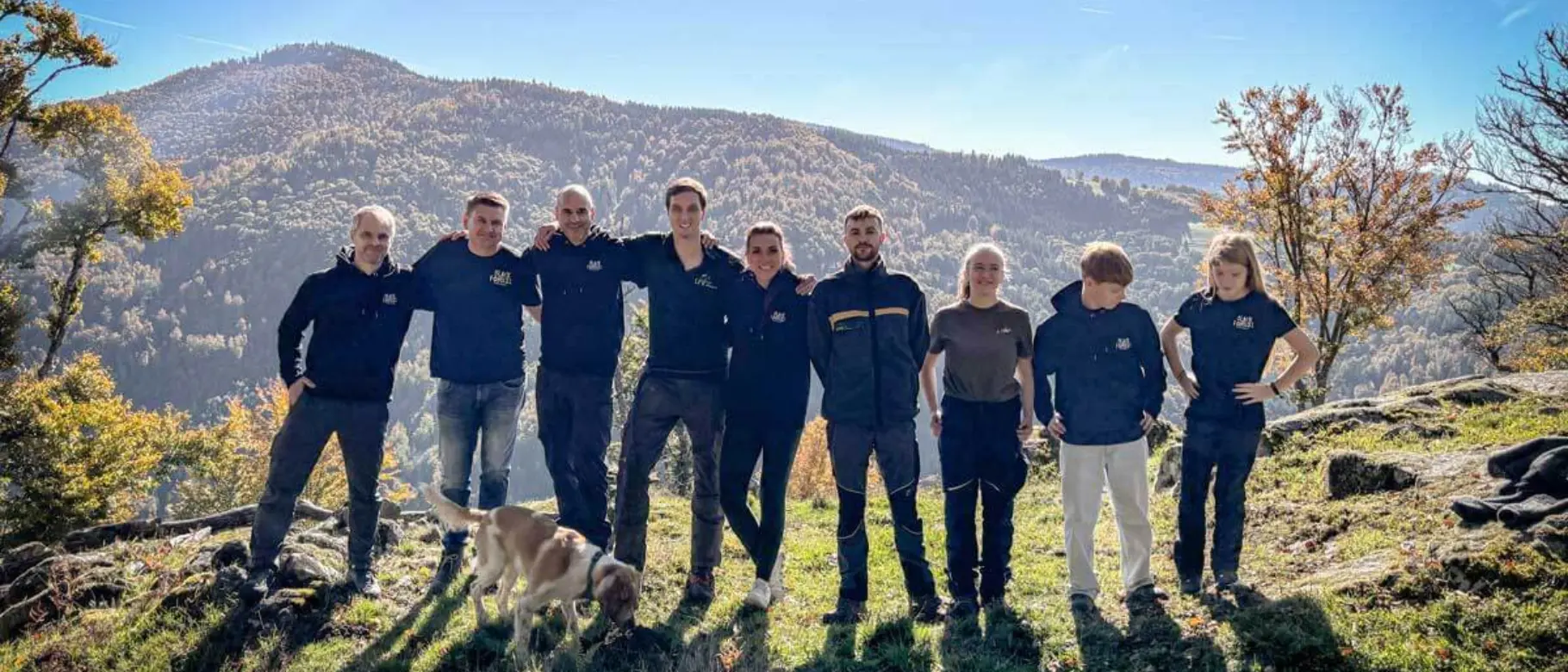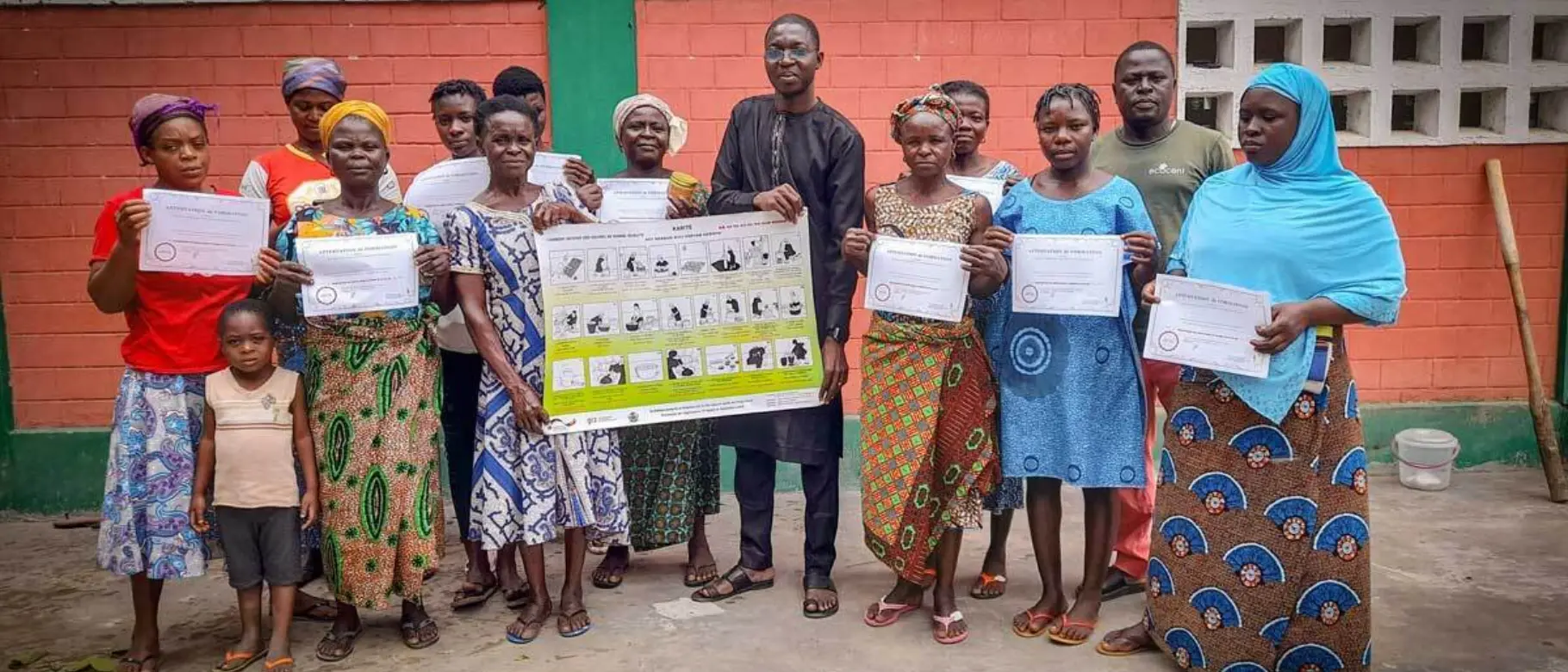
Changing Priorities in Print: Why the Blue Angel Is Becoming More Important for Many Clients

News and blog. We write about challenges, solutions and lessons from our work – just as they appear in everyday practice.
Our news, success stories and reports from our own climate protection projects

Changing Priorities in Print: Why the Blue Angel Is Becoming More Important for Many Clients

Bicycles that truly help children move forward…

Why companies should pay closer attention after COP30

Schwarzwälder Eismanufaktur packt bei DeutschlandPlus mit an

VSME, Sustainability for SMEs

Why climate risks affect every company today.

GHG & ISO: One standard for all CO₂ balances

Three days of shea butter training

ISO Net Zero standard: The new global standard for credible climate targets

Why environmental reporting is now part of the business

Fish farming in Project Togo

Pharmacy carbon footprint: 10 steps to your first carbon footprint
Sustainability is actually old hat. Foresters already knew 300 years ago: only cut down as many trees as can grow back. The principle is simple, but implementing it today has become somewhat more complex.
Sustainability means doing business in a way that will also benefit future generations. This involves three pillars: ecology, economy and social responsibility. Or to put it more simply: protecting the environment, earning money and treating people fairly. Sounds like an impossible balancing act? It often is.
Environmental and climate protection are the areas that are currently receiving the most attention. Understandably so, because time is running out. If you do business sustainably, you automatically think about CO2 emissions, resource consumption and the circular economy.
Climate protection is the collective term for all measures aimed at limiting global warming. The goal: the global temperature should rise by a maximum of 1.5 degrees. Otherwise it will be uncomfortable for everyone.
| Thema | Keyfact |
|---|---|
| Treibhausgase | CO₂ macht etwa 76% aller Treibhausgase aus, Methan 16%, Lachgas 6% |
| Hauptverursacher | Energiesektor (73%), Landwirtschaft (18%), Industrie (5%), Abfall (3%) |
| Deutschland | Ziel: Klimaneutralität bis 2045, CO2-Reduktion um 65% bis 2030 |
| Unternehmen | Pflicht zur Klimabilanzierung ab 2024 für große Unternehmen |
| Kosten | Klimaschutz kostet weniger als Klimawandel-Folgen (Faktor 1:4) |
| Zeitrahmen | Emissionen müssen bis 2030 halbiert werden für 1,5-Grad-Ziel |
CO₂ is the main driver of climate change. The gas is produced by almost everything we do: Heating, driving, producing, even breathing. The problem: CO2 remains in the atmosphere for centuries and heats up the planet. Since industrialization, the concentration of CO₂ has risen by over 40%. As a result, the Earth is warming faster than it would naturally. Melting ice, extreme weather and rising sea levels are the visible consequences.
The best CO2 emissions are those that are not produced in the first place. Here are the most effective levers:
Not all emissions can be avoided. In this case, measures that take CO2 out of the atmosphere can help:
These measures are no substitute for avoiding emissions, but they are a useful addition. First reduce, then offset - this is how real climate protection works.




Sustainability means doing business in such a way that future generations can still live well. It is about three areas: Protecting the environment, being economically successful and acting in a socially fair manner. In practice, this means conserving resources, reducing emissions and still remaining profitable. Sounds like a balancing act? It is - but a feasible one.
Climate change is real and tangible. Extreme weather, rising sea levels and droughts not only cost human lives, but also billions of euros. Companies are feeling the effects through disrupted supply chains, higher insurance costs and new laws. Climate protection is therefore not only ethically right, but also makes economic sense. Plus: customers and employees increasingly expect it.
CO₂ is the main cause of global warming. The gas is produced by almost all human activities and remains in the atmosphere for centuries. Since industrialization, the concentration of CO₂ has risen by over 40%. The result: the earth is heating up. Every tonne of CO₂ that we save today helps to limit global warming.
We write about everything that concerns sustainability managers in their day-to-day work: CO₂ balancing, climate strategies, new laws and practical tools. We always remain practical and honest. No theory, but practicable solutions for real problems. From the first emissions measurement to the finished climate strategy, we support you with concrete instructions and practical experience.